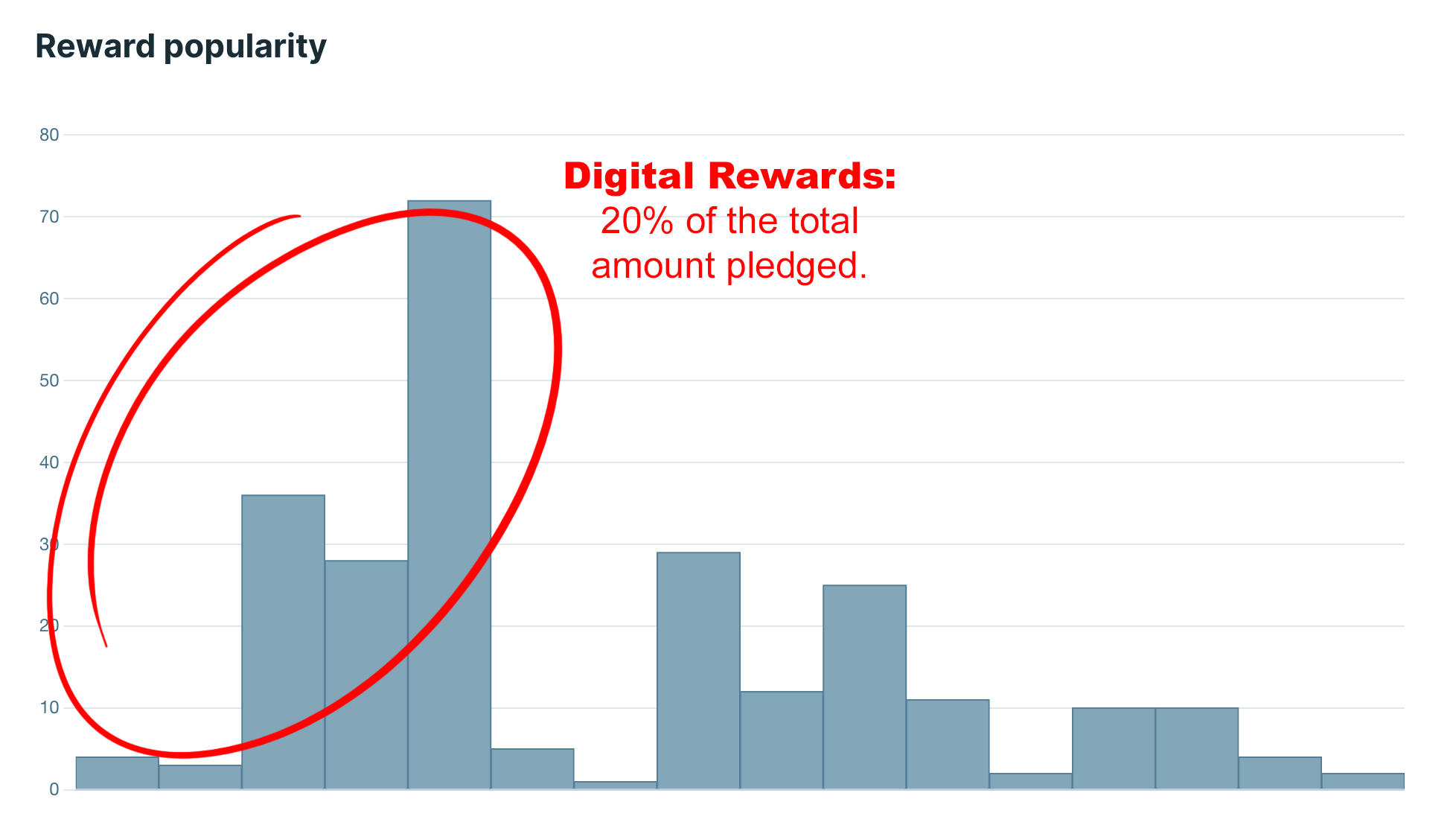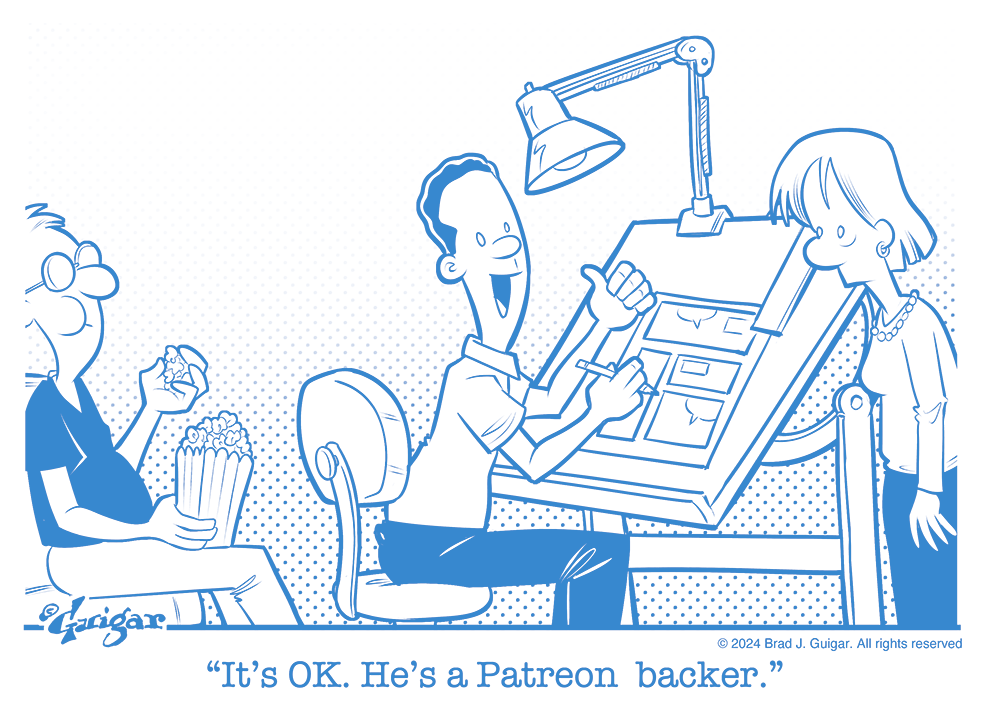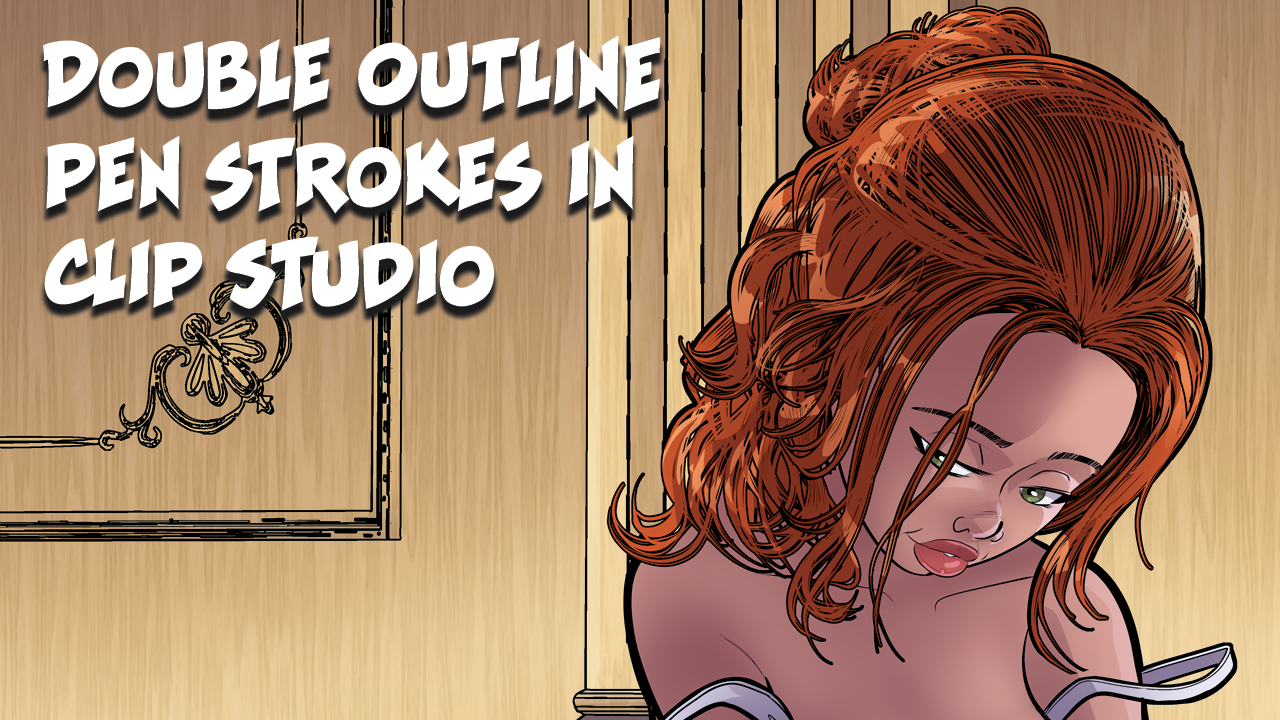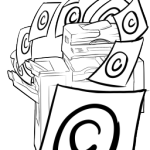This week, Dave and Brad talk about making plans in 2021. Will there be a return to conventions? Will Kickstarter remain reliable? How will global finances affect independent creators?
Questions asked and topics covered…
- Assessing 2021 and planning for success
- What didn’t we accomplish in 2020?
- Is “webcomic” an outdated word?
- How to change a Patreon without angering current backers
- Selling digital originals?
- Artist Editions
You get great rewards when you join the ComicLab Community on Patreon
- $2 — Early access to episodes
- $5 — Submit a question for possible use on the show AND get the exclusive ProTips podcast
- $10 — Record an audio question for possible use on the show AND get the exclusive ProTips podcast
- $50 — Sponsor the show! We’ll read a brief promo for your comic/product and read it twice during the show AND you get the exclusive ProTips podcast
Brad Guigar is the creator of Evil Inc and the editor of Webcomics.com Dave Kellett is the creator of Sheldon and Drive.
Listen to ComicLab on…
ComicLab is hosted on Simplecast, helping podcasters since 2013. with industry-leading publishing, distribution, and sharing tools.















